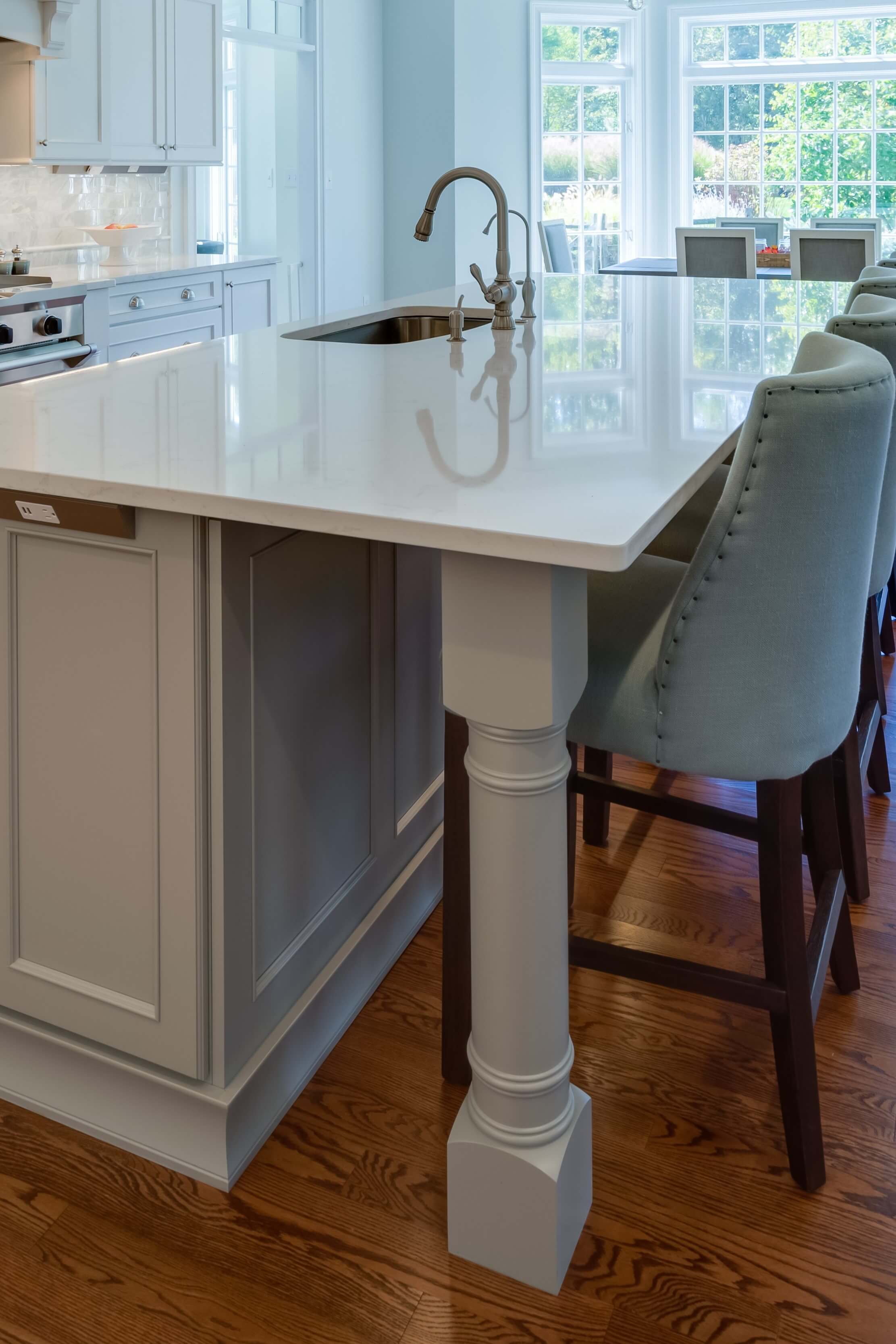Create a Magnificent Focal Point with Stylish Legs For Kitchen Island
Create a Magnificent Focal Point with Stylish Legs For Kitchen Island
Blog Article
An Overview to Selecting the Perfect Legs For Kitchen Island for Your Home
Choosing the optimal legs for your kitchen area island is a nuanced choice that impacts both the capability and aesthetic allure of this central room. As you think about these elements, it ends up being obvious that the appropriate legs can change not only the look of your kitchen area but additionally its usability for years to come.

Understanding Kitchen Area Island Legs
When selecting legs for a kitchen island, it's important to recognize their aesthetic and functional functions in the overall layout. The legs work as a crucial support system, ensuring stability and sturdiness for the island, which typically works as a work space, dining area, or gathering place. The selection of material and building method need to be robust adequate to hold up against day-to-day usage and potential wear.
Along with their structural duties, legs add significantly to the island's visual appeal. They can improve the kitchen area's design, whether through standard, modern, or diverse layouts. The elevation and percentage of the legs are additionally essential considerations; they need to integrate with the island's kitchen counter elevation while making certain comfortable seating for those using the area.
Moreover, the leg design can affect the total flow of the kitchen area. Open, ventilated leg designs can produce a sense of lightness, while strong, substantial legs may convey a more based and stable visual - Legs For Kitchen Island. Recognizing these aesthetic and useful facets will certainly lead homeowners in making educated options that complement their cooking area's layout and boost its usability
Popular Styles and Materials
The selection of legs for a kitchen island encompasses a range of preferred designs and products, each offering distinct qualities that can enhance both performance and looks. Amongst the most popular styles are modern, rustic, and typical. Contemporary legs frequently include sleek, minimalist styles that stress simpleness and clean lines, making them excellent for modern-day kitchens. Rustic styles, on the other hand, embrace natural environments and usually display reclaimed wood or troubled coatings, including warmth and charm to the space. Traditional legs usually display elaborate information and workmanship, improving classic cooking area designs.

Elevation and Stability Factors To Consider

The legs of the cooking area island need to supply adequate support, guaranteeing that the framework can hold up against day-to-day use without wobbling or moving. Product selection plays a significant function in security; metal legs, for instance, have a tendency to supply higher strength contrasted to timber.
Matching Your Kitchen Area Visual
Selecting the ideal legs for your cooking area island goes beyond capability; it likewise plays a significant role in the overall visual of the area (Legs For Kitchen Island). When choosing legs, consider the layout style of your kitchen.
Legs that enhance or contrast with your island's surface and surrounding cabinetry can create visual harmony or striking focal factors. In addition, take into consideration the coating of the legs; matte, shiny, or distinctive finishes can dramatically influence the overall feeling of the kitchen area.
Installment and Maintenance Tips
Mounting cooking area island legs calls for careful focus to detail to make certain both security and aesthetic appeal. Begin by choosing an appropriate area for your island, guaranteeing it is level and has sufficient area for movement. Make use of a stud finder to situate wall studs if you are connecting the legs to a wall surface or making use of brackets for added assistance. Mark the positioning of the legs precisely before boring.
When securing the legs, utilize high-quality click to read more screws and, if required, wood adhesive for added toughness. For steel legs, make certain that you are using appropriate supports and devices to avoid damage to your flooring. It is recommended to look for levelness after setup, making modifications as required to avoid tottering.
Clean the legs with an appropriate cleaner, avoiding unpleasant materials that may damage the surface. By following these installation and upkeep tips, you can make sure that your kitchen island legs stay both aesthetically attractive and practical.
Conclusion
Finally, choosing the suitable legs for a kitchen area island demands careful consideration of height, security, and visual compatibility. By choosing appropriate materials and designs that straighten with the general kitchen area design, performance can be boosted while preserving visual allure. Appropriate installation and continuous upkeep further add to the sturdiness and longevity of the kitchen island. Ultimately, thoughtful leg choice plays an essential function in boosting both the functionality and layout of the kitchen Homepage area space.
When choosing legs for a kitchen island, it's important to recognize their useful and aesthetic roles in the overall design. Open, airy leg styles can develop a feeling of agility, while strong, substantial legs may convey i thought about this a much more grounded and secure visual. The legs of the kitchen area island should give appropriate assistance, making certain that the framework can endure daily usage without tottering or shifting.Mounting cooking area island legs calls for cautious interest to information to make certain both stability and aesthetic allure.In conclusion, choosing the appropriate legs for a kitchen island necessitates mindful factor to consider of height, stability, and aesthetic compatibility.
Report this page